The CEC team works with community, academic, and organizational stakeholders to utilize the tools developed through NM-INSPIRES research groups to advance environmental health literacy, environmental public health, and disease prevention. The CEC facilitates multi-directional interactions with diverse New Mexico communities, including Native American communities, active mining communities, and communities along the US-Mexico Border Region, and others throughout New Mexico.
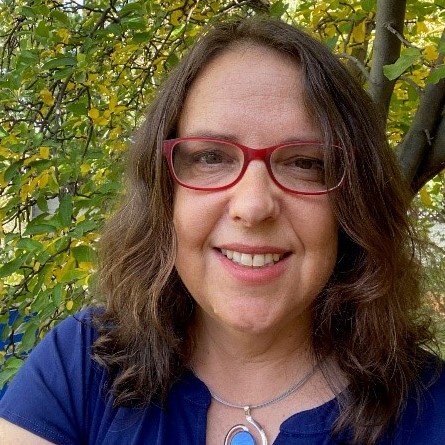
Dr. Ginossar is a Full Professor at the Department of Communication and Journalism and the B.A./M.D. program. Prior to joining the department of Communication and Journalism, Dr. Ginossar held a research faculty appointment with the University of New Mexico School of Medicine. Her research focuses on health, environment and science communication as means for increasing health equity. Dr. Ginossar is passionate about working with communities and with interdisciplinary teams to reduce environmental health disparities and is excited about working with our community partners.
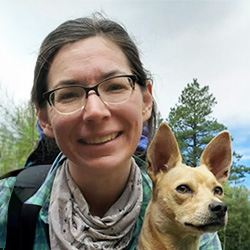
Dr. Bethany Jorgensen is a Research Scientist with a background in working collectively with academics and community partners to meaningfully address the environmental injustice of plastic pollution, which she has done for the past 16 years. As part of this work, she is a founding organizer of the biennial international MICRO conference series on plastic pollution from macro to nano, and also co-founded the global Zero Plastic in Biosphere Reserves initiative. Additionally, she is an active member of the Scientists Coalition for an Effective Plastics Treaty. She received her PhD in Natural Resources and the Environment from Cornell University, and her research focus includes developing novel community-based methods for sustainability science, particularly related to plastics. As part of NM-INSPIRES, she coordinates researcher- and CEC-engagement while also teaching the “Legacy of Plastics” course in the UNM Honors college.
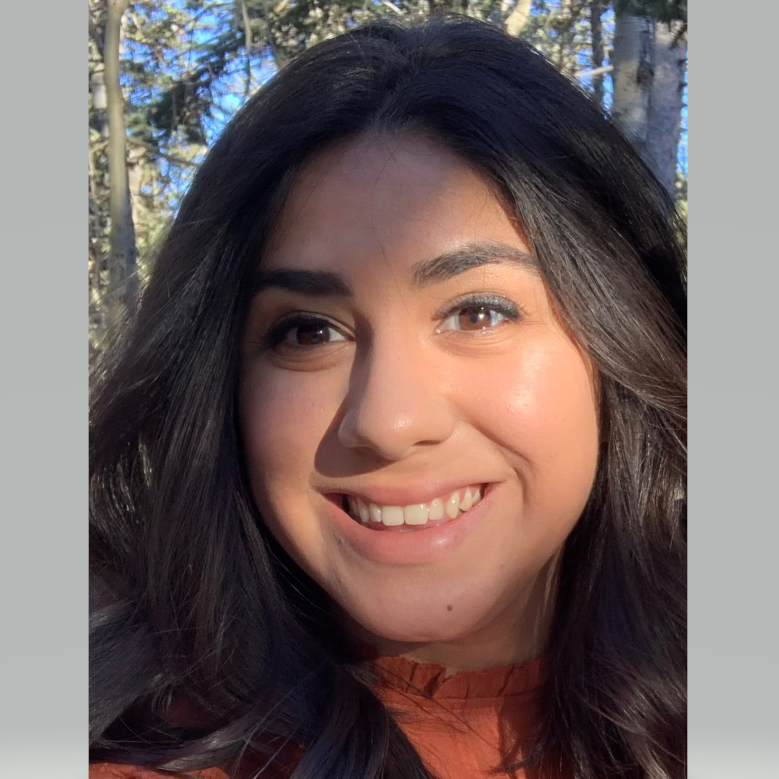
Talyia was born and raised in Albuquerque, New Mexico. She attended UNM and received her Bachelor of Science degree in Biochemistry with a minor in Psychology. While attending university, she volunteered with various organizations such as Ronald McDonald House Charities (RMHC), Presbyterian Child Life/NICU, Native Health Initiative (NHI), and the Muscular Dystrophy Association (MDA). She gained clinical experience by working as a Rehabilitation technician and Registered Behavior Technician. She conducted research through a Diverticulitis and Sepsis study at UNM and had experience writing research papers with UNMs Biochemistry department and NHIs Healers of Tomorrow program. She is passionate about promoting health equity and equality for Indigenous and Hispanic communities in rural parts of New Mexico through environmental health work.
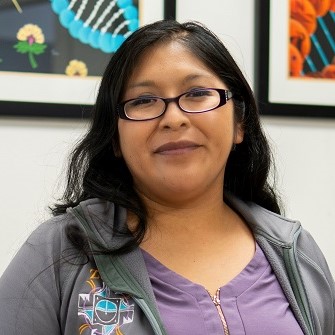
Mallery Quetawki is from the Pueblo of Zuni in western New Mexico. She is currently the Artist-in-Residence with the Community Environmental Health Program at the University of New Mexico College of Pharmacy. Mallery has used art to translate scientific ideas, health impacts and research on uranium mines that are currently undergoing study in several Indigenous communities. Her work has been featured on National Institutes of Health websites and published in peer-reviewed journals on environmental health and academic medicine. Currently, her work titled, “Our Cultures, Our Languages” is displayed at the Metropolitan Museum of Modern Art in New York City in the Grounded in Clay exhibit in the American Wing through June 2024.
Mallery has a large-scale mural titled, “Morning Prayer”, on permanent display at the Indian Pueblo Cultural Center which depicts the history of the Zuni People from Creation to modern times. Her oil painting symbolizing the ties between the Grand Canyon and Zuni culture is part of a traveling collaboration called the Zuni Map Art Project. Other noted works include a 12-piece pastel and ink set entitled “What Makes a Zuni?” on permanent display at the Zuni IHS in Blackrock, NM and two murals painted at the Ho’n A:wan Park in Zuni Pueblo. Mallery’s work was part of an interactive Google Doodle that kicked off Native American Heritage Month on November 1, 2021. You can also find her work “Extraction and Remediation” as part of the Institute of American Indian Arts Museum of Contemporary Native Arts’ Exposure: Native Art and Political Ecology traveling exhibit.
Examples of Mallery’s work can be found at:
Instagram: @M.Quetawki.Art
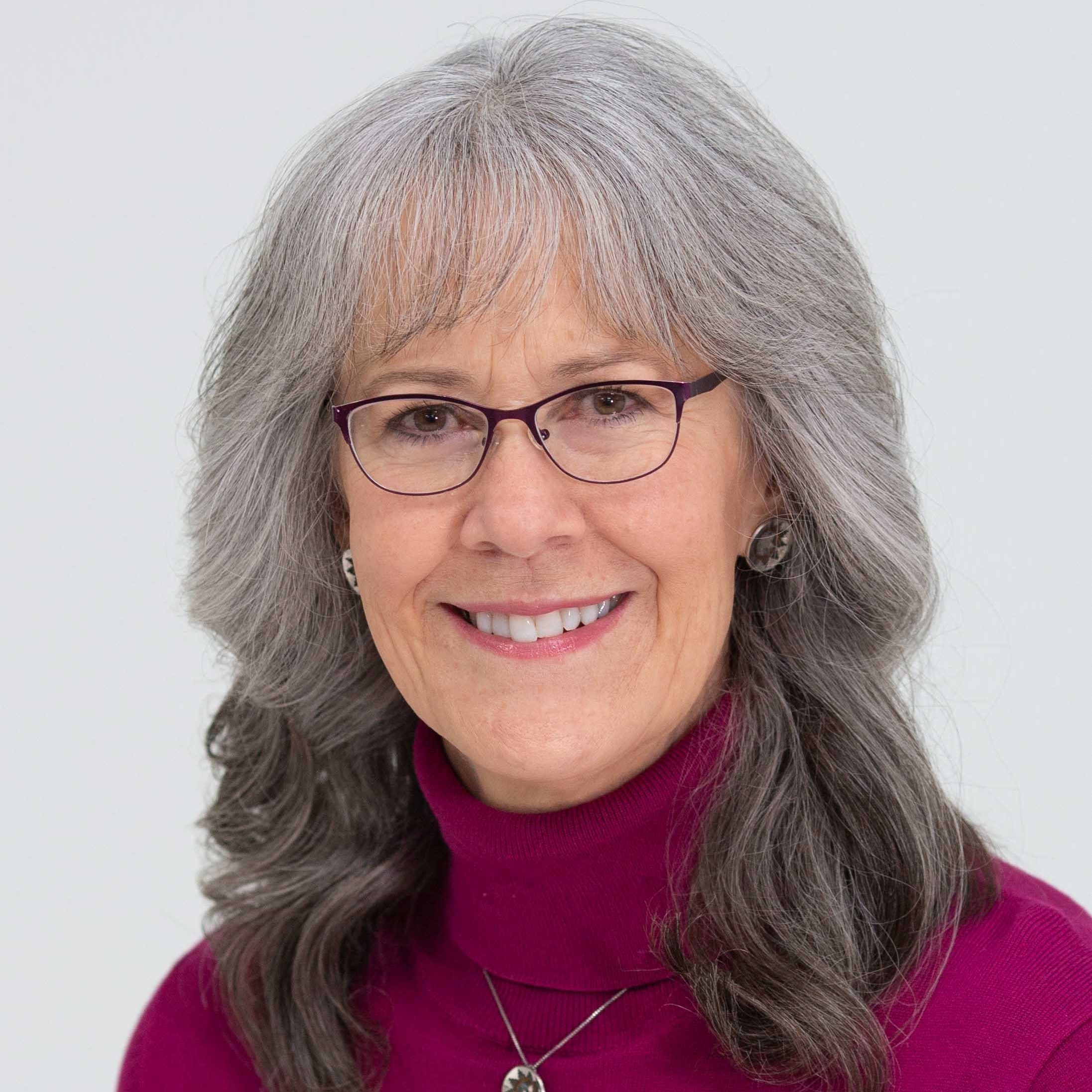
Dr. Riffenburgh has 30 years of experience in health literacy and plain language. She is the President and Founder of Health Literacy Connections. Her firm’s clients include hospitals and health systems, government agencies, Indigenous communities, and more. She also served as the Senior Health Literacy Specialist at UNM Hospitals where she led efforts to improve communication and patient access. She has trained over 1,000 people in her workshops on developing reader-friendly, plain language print and digital information. Dr. Riffenburgh has presented at conferences in the U.S., Canada, Europe, and Australia and served on national panels and international committees. Her Ph.D. is in Health Communication. Dr. Riffenburgh is a co-author of Building Health Literate Organizations: A Guidebook to Achieving Organizational Change. She is excited to work with the CEC team on environmental health literacy projects.
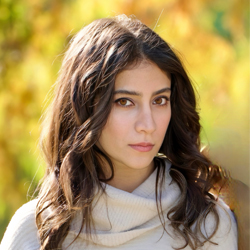
Mina Sayadi is a Ph.D. health communication student in the Department of Communication and Journalism at the University of New Mexico. She has interests and expertise in promoting health equity by meeting information needs using different media, and appropriate literacy level. She brings to NM-INSPIRES CEC her experience in journalism, writing, and digital marketing. Her passion for environmental communication, coupled with her experience in making complex information accessible and engaging, aligns with NM-INSPIRES CEC goal of making science more accessible for non-scientists, fostering health equity and community empowerment.
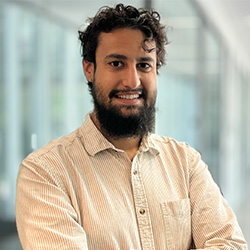
Theodros Woldeyohannes is a Ph.D. candidate in the Department of Geography and Environmental Studies at the University of New Mexico (UNM). His interests are in applying GIScience and geospatial technologies for addressing environmental health issues and understanding the spatial patterns behind exposure and human-environment interactions. Theodros, a research assistant at the UNM Center for Advancement of Spatial Informatics Research (ASPIRE) and trainee at the UNM Metals Exposure and Toxicity Assessment on Tribal Lands in the Southwest (METALS) Superfund Research Program Center and Center for Native Environmental Health Equity Research, has recently joined New Mexico Integrative Science Program Incorporating Research in Environmental Sciences Community Engagement Core (NM-INSPIRES CEC). He brings to NM-INSPIRES CEC expertise in environmental sampling and exposure modeling to help assess exposure to particulate air pollution from forest fires, mining operations, and other sources in partner communities.